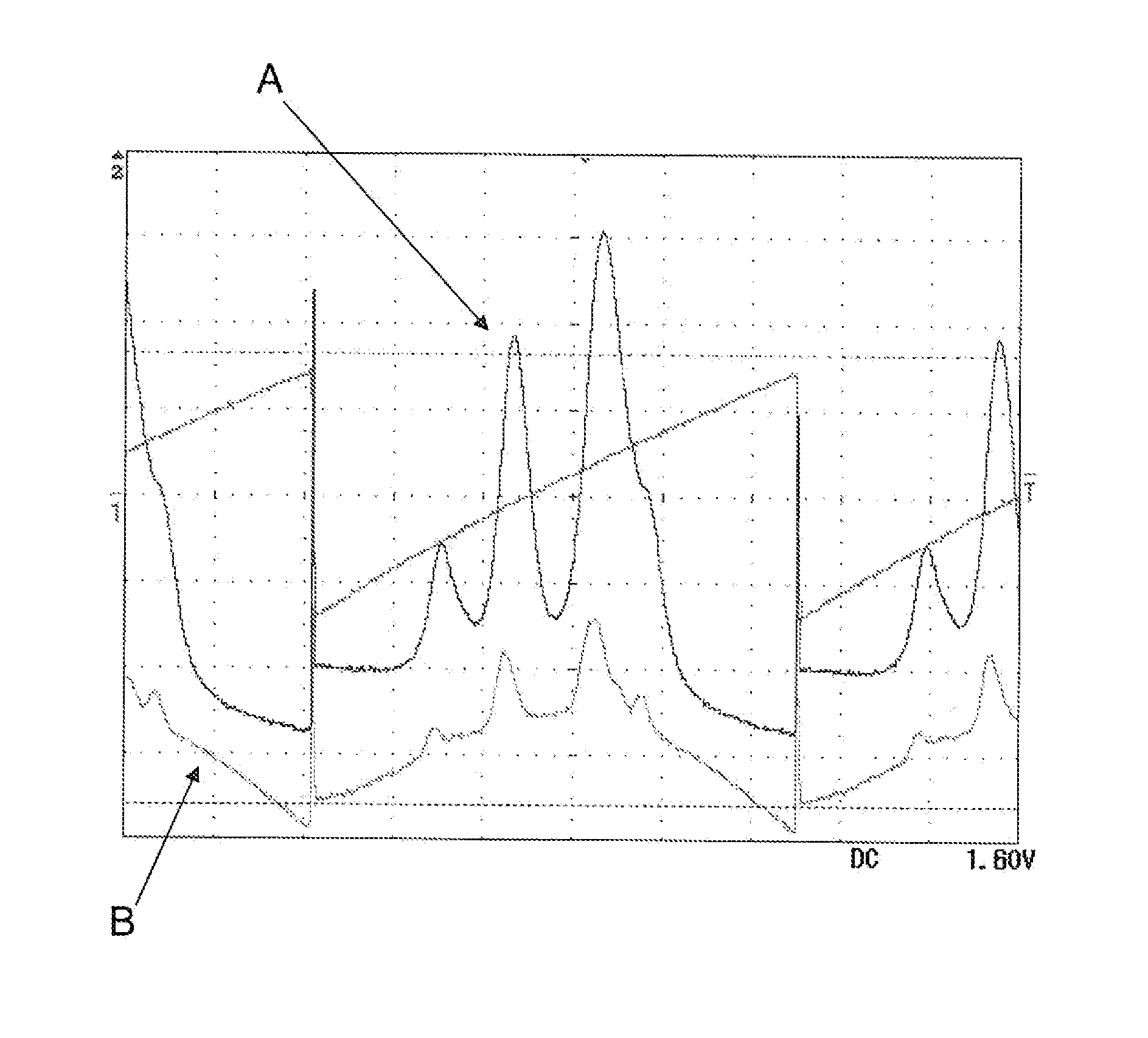Method for producing a microfabricated atomic vapor cell
a technology of atomic vapor cells and microfabricated materials, which is applied in the direction of liquid surface applicators, apparatus using atomic clocks, pretreated surfaces, etc., can solve the problems of affecting the stability of atomic clocks, hazardous methods, and complicated alkali metal vapor cell fabrication
- Summary
- Abstract
- Description
- Claims
- Application Information
AI Technical Summary
Benefits of technology
Problems solved by technology
Method used
Image
Examples
example
[0069]A quantity of 100 mg of RbN3 was deposited in a polypropylene vial, and 1 ml of DI water was filled into the vial. The vial was then agitated until the RbN3 was completely dissolved after about 1 min. A Gilson micropipette, model P2, was adjusted to a quantity of 200 nl. Using the micropipette and a polypropylene barrier tip mounted onto it, 200 nl of aqueous solution was taken from the vial and deposited into a cavity formed by pits etched into a silicon wafer and closed at the bottom by a glass wafer. The dimensions of the cavities were 5×5×1 mm3. The step of pipetting was repeated until dissolved rubidium azide solution was dispensed in all cavities of the wafer. The stack of the bonded wafer pair was then placed on the chuck of the bonding machine, and a top glass wafer was positioned above the stack on 3 flags which are used to separate the top glass wafer from the stack of the already bonded wafer pair. The bonding chuck was then placed in the bonding machine. The chambe...
PUM
 Login to View More
Login to View More Abstract
Description
Claims
Application Information
 Login to View More
Login to View More - R&D
- Intellectual Property
- Life Sciences
- Materials
- Tech Scout
- Unparalleled Data Quality
- Higher Quality Content
- 60% Fewer Hallucinations
Browse by: Latest US Patents, China's latest patents, Technical Efficacy Thesaurus, Application Domain, Technology Topic, Popular Technical Reports.
© 2025 PatSnap. All rights reserved.Legal|Privacy policy|Modern Slavery Act Transparency Statement|Sitemap|About US| Contact US: help@patsnap.com

